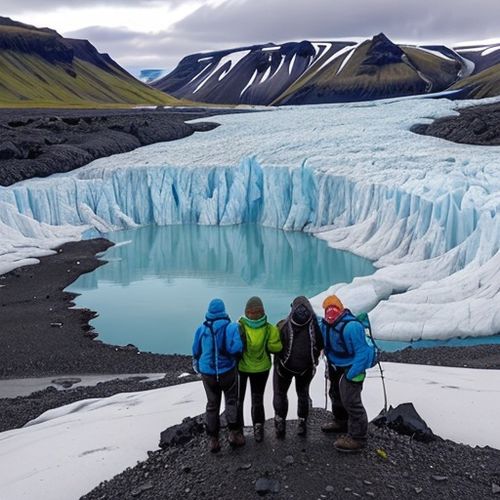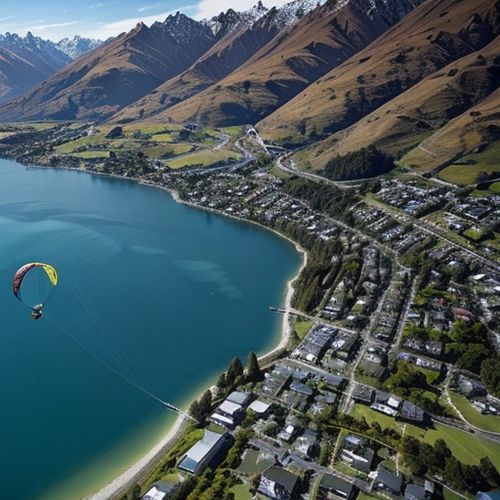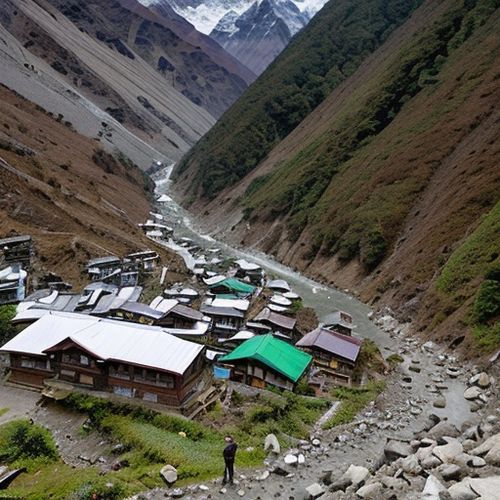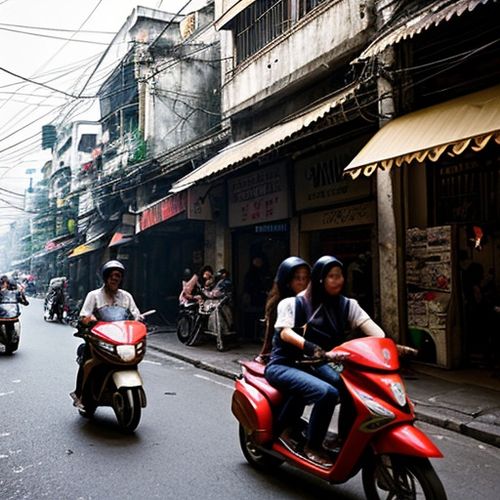Peru’s Rainbow Mountain, or Vinicunca, has become one of the most sought-after trekking destinations in the world. Its surreal, multicolored stripes draw adventurers from every corner of the globe. However, the journey to this natural wonder is no easy feat. At an altitude of over 5,000 meters (16,400 feet), altitude sickness—or acute mountain sickness (AMS)—is a real and serious concern. Proper preparation is key to enjoying this breathtaking experience without compromising your health.
The High-Altitude Challenge
Rainbow Mountain sits at an elevation that can leave even the fittest hikers gasping for air. The thin atmosphere means less oxygen reaches your bloodstream, and your body must work harder to function. Symptoms of altitude sickness can range from mild headaches and dizziness to severe nausea, confusion, and even life-threatening conditions like pulmonary or cerebral edema. Recognizing the risks and taking preventive measures can make the difference between an unforgettable adventure and a medical emergency.
Acclimatization: Your Best Defense
One of the most effective ways to prevent altitude sickness is allowing your body time to adjust. Arriving in Cusco—a city already perched at 3,400 meters (11,150 feet)—a few days before your trek is highly recommended. Use this time to explore lower-altitude sites like the Sacred Valley, which can help your body adapt gradually. Rushing straight to Rainbow Mountain without proper acclimatization is a gamble few should take.
Hydration and Nutrition
Staying hydrated is crucial at high altitudes. The dry mountain air accelerates dehydration, which can worsen altitude sickness. Drink plenty of water before, during, and after your hike. Avoid alcohol and excessive caffeine, as they contribute to dehydration. Eating light, carbohydrate-rich meals can also help maintain energy levels without overburdening your digestive system. Local remedies like coca tea are widely used in the Andes to alleviate mild symptoms, though they are not a substitute for proper acclimatization.
Pacing Yourself on the Trail
The hike to Rainbow Mountain is strenuous, with steep ascents that can quickly exhaust unprepared trekkers. Walking slowly and taking frequent breaks allows your body to adjust to the decreasing oxygen levels. Listen to your body—if you feel lightheaded or overly fatigued, stop and rest. Pushing through discomfort can lead to severe AMS. Many guided tours include pack animals like horses for those who need assistance, and there’s no shame in using them if necessary.
Medication and Supplemental Oxygen
For those particularly susceptible to altitude sickness, medications like acetazolamide (Diamox) can help speed up acclimatization. Consult a doctor before your trip to discuss whether this is a good option for you. Some tour operators carry portable oxygen tanks for emergencies, but relying on them shouldn’t replace proper preparation. If symptoms escalate, descending immediately is the only sure way to prevent complications.
Weather and Gear Considerations
The weather in the Andes is notoriously unpredictable. Even if the sun is shining at the trailhead, freezing winds or sudden snowfall can strike at higher elevations. Dressing in layers ensures you can adjust to temperature changes quickly. A windproof jacket, gloves, and a warm hat are essential. Sun protection is equally important—the high-altitude UV rays are intense, and sunburn can compound the stress on your body.
Choosing the Right Tour Operator
Not all tour companies are created equal. Reputable operators prioritize safety by providing experienced guides trained in recognizing altitude sickness symptoms. They also ensure gradual ascents and carry emergency supplies. Research reviews and ask about their altitude sickness protocols before booking. A cheaper tour might save money upfront but could cut corners on safety.
Listening to Your Body
No two people react to altitude the same way. Even if you’ve hiked at high elevations before, Rainbow Mountain’s extreme height can affect you differently. Pay attention to early warning signs—persistent headaches, loss of appetite, or unusual fatigue should not be ignored. Turning back might feel disappointing, but it’s far better than risking severe altitude sickness.
The Reward: A Once-in-a-Lifetime Experience
Despite the challenges, reaching Rainbow Mountain is an achievement that stays with you forever. The vibrant hues of the mineral-rich slopes, the vast Andean landscapes, and the sense of accomplishment make every careful preparation step worth it. By respecting the altitude and prioritizing your health, you ensure that your memories of this natural wonder are nothing short of extraordinary.

By Eric Ward/Apr 11, 2025

By Laura Wilson/Apr 11, 2025

By Jessica Lee/Apr 11, 2025

By Christopher Harris/Apr 11, 2025

By Michael Brown/Apr 11, 2025

By Victoria Gonzalez/Apr 11, 2025

By Daniel Scott/Apr 11, 2025

By Natalie Campbell/Apr 11, 2025

By Daniel Scott/Apr 11, 2025

By Joshua Howard/Apr 11, 2025

By Christopher Harris/Apr 11, 2025

By Amanda Phillips/Apr 11, 2025

By Rebecca Stewart/Apr 11, 2025

By Amanda Phillips/Apr 11, 2025

By Megan Clark/Apr 11, 2025

By Olivia Reed/Apr 11, 2025

By Jessica Lee/Apr 11, 2025

By Grace Cox/Apr 11, 2025

By Rebecca Stewart/Apr 11, 2025

By Olivia Reed/Apr 11, 2025